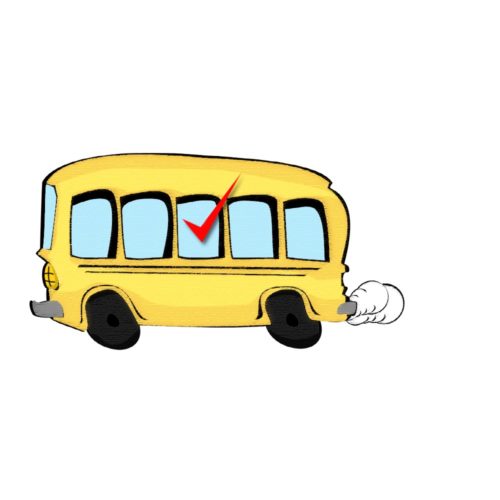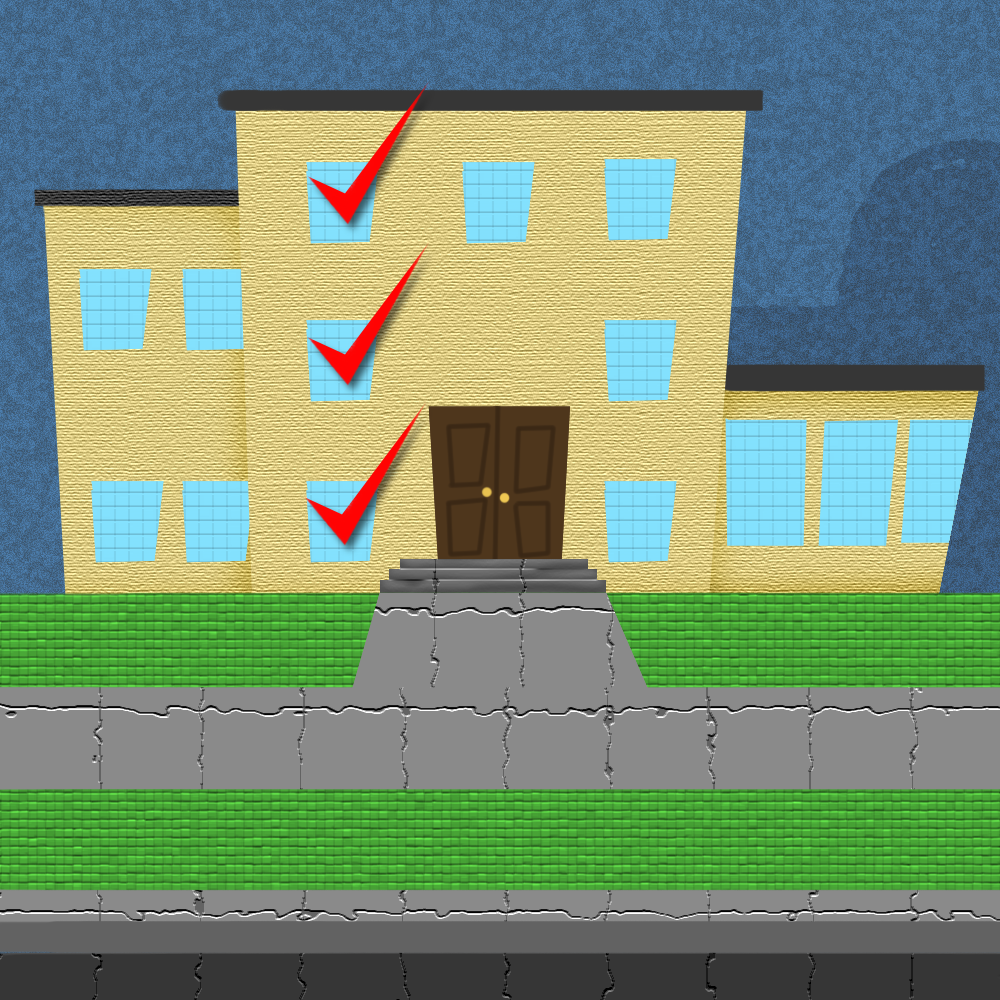On Monday, February 12, over eighty people braved the cold to attend a public forum about school ratings in Chicago, titled “What Makes a School Great?” at Kenwood Academy High School. The event was the last of three forums about assessment put on by the coalition Parents and Teachers Driving Testing Policy; the first two focused on special education students and early childhood education, respectively. This forum was sponsored by seven local and national education advocacy groups. The audience included teachers, administrators, afterschool program providers, local school council members, and public education advocates.
A school’s rating is an important factor for many families in deciding where to send their children to school. Here in Chicago, where enrollment drives school funding, a low rating can even set into motion a chain of events leading to a school’s closure. The goal of this forum was to increase the public’s awareness of the way in which ratings are determined as well as how a school’s rating leaves out information that is important to parents and students.
The event began with an exercise led by Katie Osgood, a teacher at Langston Hughes Elementary in Roseland, aiming to show participants that an individual’s perception of a school may not match the broader community’s perception of that school.
Cassie Creswell of Raise Your Hand (RYH), a parent advocacy group and member of the coalition, then presented an overview of the school rating system used by CPS. CPS uses a rating system with five levels: 1+, 1, 2+, 2, and 3. Creswell noted that the state of Illinois does not require this particular ranking system and that there are many other entities that rank schools using their own systems. These rating systems all use students’ test scores in their calculation of a school’s rating. In fact, for CPS elementary schools, test scores account for sixty-five percent of a school’s rating. For CPS high schools, test scores account for twenty-five percent of a school’s rating.
In 2013, CPS changed its rating system to recognize growth by rewarding schools for improving students’ performance on tests and not just for having high test scores. However, research broadly shows that students from higher socioeconomic levels tend to score higher on standardized tests. This raises the question of what the tests actually measure and how well they help schools target instruction to meet the needs of individual students.
Creswell described how a school’s rating operates within a virtuous or vicious cycle: a good rating leads to more good outcomes. For example, a Level 1+ school will likely have a better reputation and see greater enrollment. Increased enrollment can then lead to more resources for a school, which may also see higher property values around it as families seek to buy homes near a high-rated school. High property values attract better-resourced parents, whose students are likely to do better in school, which can lead to higher test scores, and a higher rating. Or this can all work in the reverse: a low rating leads to more problems. As school ratings lower, causing a decrease in enrollment, funding, and property values, the effects of segregation and inequity across Chicago neighborhoods are exacerbated.
The forum then switched gears to the experiences of people currently involved with a variety of CPS schools, starting with a parent-student panel moderated by Brenda Delgado of RYH.
Eric Reyes, a parent at Telpochcalli Elementary in Little Village, and Jennifer Nava, a sophomore honor student at Kelly High School in Brighton Park, spoke about the qualities of a school that mattered to them but were not captured by the current rating system.
Reyes said that in 2012 his daughter received offers to several high-rated elementary schools. After visiting the schools and being underwhelmed, he and his wife decided to look at their neighborhood school, Telpochcalli, which had the low Level 3 rating. At Telpochcalli, Reyes found a committed principal, a ninety-percent teacher retention rate, and a fine arts and dual language program. (Since that time, Telpochcalli has gone from a Level 3 rating to between Level 2+ and Level 1.) For Reyes, Telpochcalli’s rating did not tell the full story of the school, capturing none of the components that were important to Reyes and his wife.
Nava shared that while Kelly has a Level 2+ rating, she would give it ten out of ten points. If she were able to design a rating system, she said she would measure how supported and comfortable students feel at the school. Nava said that she knew that Kelly would be a good fit for her because she had been going to Kelly for a social justice club since seventh grade. She knew the teachers and they knew her. On the other hand, Nava described the anxiety that gripped her classmates as they navigated the process of choosing a high school—those who didn’t have firsthand experience with a high school were highly influenced by a school’s rating.
Panel members Jeanette Taylor, a parent and grandparent to children at Mollison Elementary in Bronzeville, and Felicia Williams, a parent of four CPS students and a teacher at Langston Hughes Elementary, spoke about other elements of good schools that are not reflected in a school’s rating. For example, Taylor pointed out that it is a great strength to have a clerk in the main office who knows everyone in the building. Williams also said that the rating of a school “won’t tell you about the grants that the school recently won for a robotics program” and it won’t tell you in which schools “the teachers come early and stay late.”
Taylor said that she views school ratings as “a way to punish students and families for not meeting expectations.” Moreover, she pointed to the current controversy over CPS’s proposal to close the Level 1+-rated National Teachers Elementary Academy and turn it into a high school, saying that CPS’s plan to close a top-rated school “shows that the rating system is a sham.”

Delgado then asked panel members if their respective schools fret when it comes to standardized testing. Taylor and Williams said that testing is stressful at their respective schools. According to Williams, “test prep is the bane of our existence.” Both said that standardized testing and test preparation takes away time from meaningful learning. Williams said that in some schools there are rallies before standardized tests, which creates more pressure on students to perform.
Moreover, Williams said, for the “5Essentials” school climate survey, whose result makes up a small portion of a CPS school’s rating, (five percent for high schools and ten percent for elementary schools), some teachers and parents do not answer the survey questions honestly because they do not want to put their school in a bad light.
Lastly, Williams pointed out the unfairness of forcing students who are diverse learners (i.e. special education students) to take standardized tests without proper accommodations. She said that Langston Hughes Elementary School has thirty percent diverse learners and provides supports for those students. As a result, she said, the neighboring schools send their diverse learners to Langston Hughes. But when it comes time for standardized testing, Williams said Langston Hughes’s scores may be low because their students were not given the accommodations that are necessary for them to do well.
Jack Schneider, a professor and member of the Massachusetts Consortium for Innovative Education Assessment, was the last speaker at the forum. He pointed out that schools are not uniformly good or bad. He said that the problem of aggregating the data that we have about a school into one single rating score is that that score doesn’t tell us “where a school is knocking it out of the park and where it needs more support.” Even if school data is “true,” it can still misrepresent reality. For example, he said, what if most schools are “pretty good” but the rating system breaks them into four quartiles? That would put a “pretty good” school in the bottom twenty-five percent of all schools.
Schneider identified five criteria which a rating system could use to give a more nuanced picture of a school: teachers and environment, school culture, resources, non-test-driven academic learning, and citizenship and well-being. These five criteria show some overlap with the 5Esessential survey’s five criteria: “Effective Leaders, Collaborative Teachers, Involved Families, Supportive Environment, and Ambitious Instruction.” However, the 5Essential’s survey is only given to teachers and parents, not administrators, and, as noted above, its results make up only a small part of a school’s rating. Schneider’s proposal of using these criteria to rate schools holistically presented a vision in which all schools are embraced, because “theoretically, all schools could be good.”
After the event, Joy Clendenning, managing director of RYH, said that while the organization has been questioning the school rating system for years, educating the public about the current system is especially important now because of the potential for implementing new policies statewide and in Chicago. The recent passage of the federal government’s Every Student Succeeds Act means that as legislators in Springfield grapple with its implementation, there is an opportunity to pressure them in the area of school ratings. Similarly, Clendenning said, with a new Chief Executive Officer in CPS, Janice Jackson, there is potential to pressure Jackson and the district to make its rating system more comprehensive and less punitive.
Clendenning attended the recent CPS hearings in Englewood regarding the future of Englewood high schools, and was struck by hearing so many people talk about the positive qualities that were not taken into account in the ratings that led to the schools being viewed as not worth saving. A better rating system would recognize the strengths in schools and identify the places where they need support, she said, and to help the community envision such a system is an important step in that direction.
Katie Gruber has volunteered for RYH in the past
Support community journalism by donating to South Side Weekly



Thanks. This made good reading.
Thanks for reporting on this! I wanted to attend the event but my schedule prevented it.